| Type of Weather Stripping | Material | Installation Location | Key Benefits |
|---|---|---|---|
| Bottom Seals (Door Sweeps) | Rubber, Vinyl | Bottom edge of the garage door | Prevents water, dirt, and pests from entering |
| Threshold Seals | Rubber, Vinyl, Aluminum | Garage floor | Seals large gaps and uneven surfaces |
| Stop Molding Strips | Wood, PVC, Aluminum | Sides and top of the garage door | Protects against wind-driven rain and debris |
| Integrated Weather Stripping | Vinyl with flexible flange | Sides and top of the garage door | Ideal for older doors needing updated insulation |
| Panel Weather Stripping | Flexible Rubber | Between individual panels of sectional garage doors | Seals gaps, improves energy efficiency |
At EZ Garage Door Repair, we understand the importance of keeping your garage safe from the elements. Our garage door weather stripping services ensure your garage stays insulated, protected, and energy-efficient. Located at 631 W Whittier Blvd, La Habra, CA, we are your local experts for all your garage door needs.
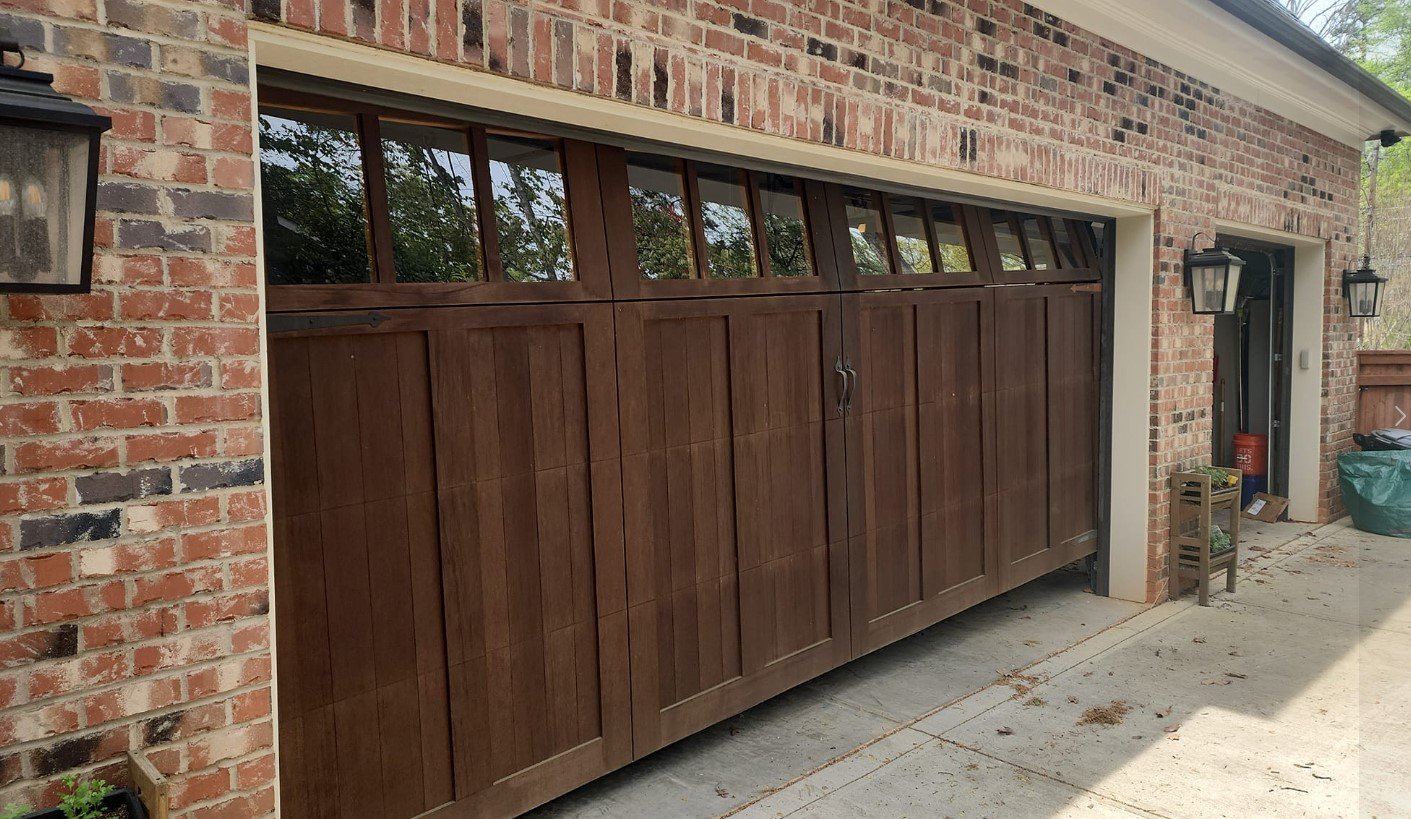
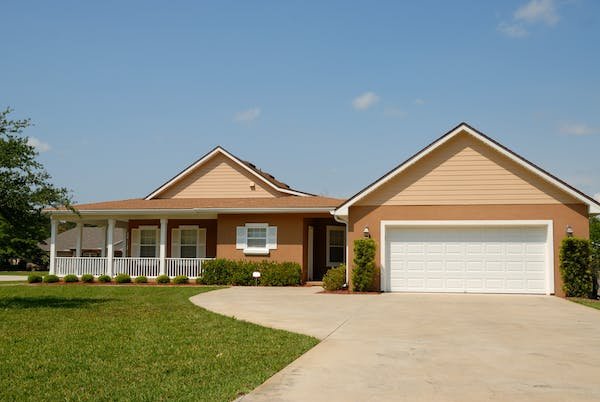
Swift, reliable 24/7 emergency garage door repair to ensure your home’s security and convenience anytime.
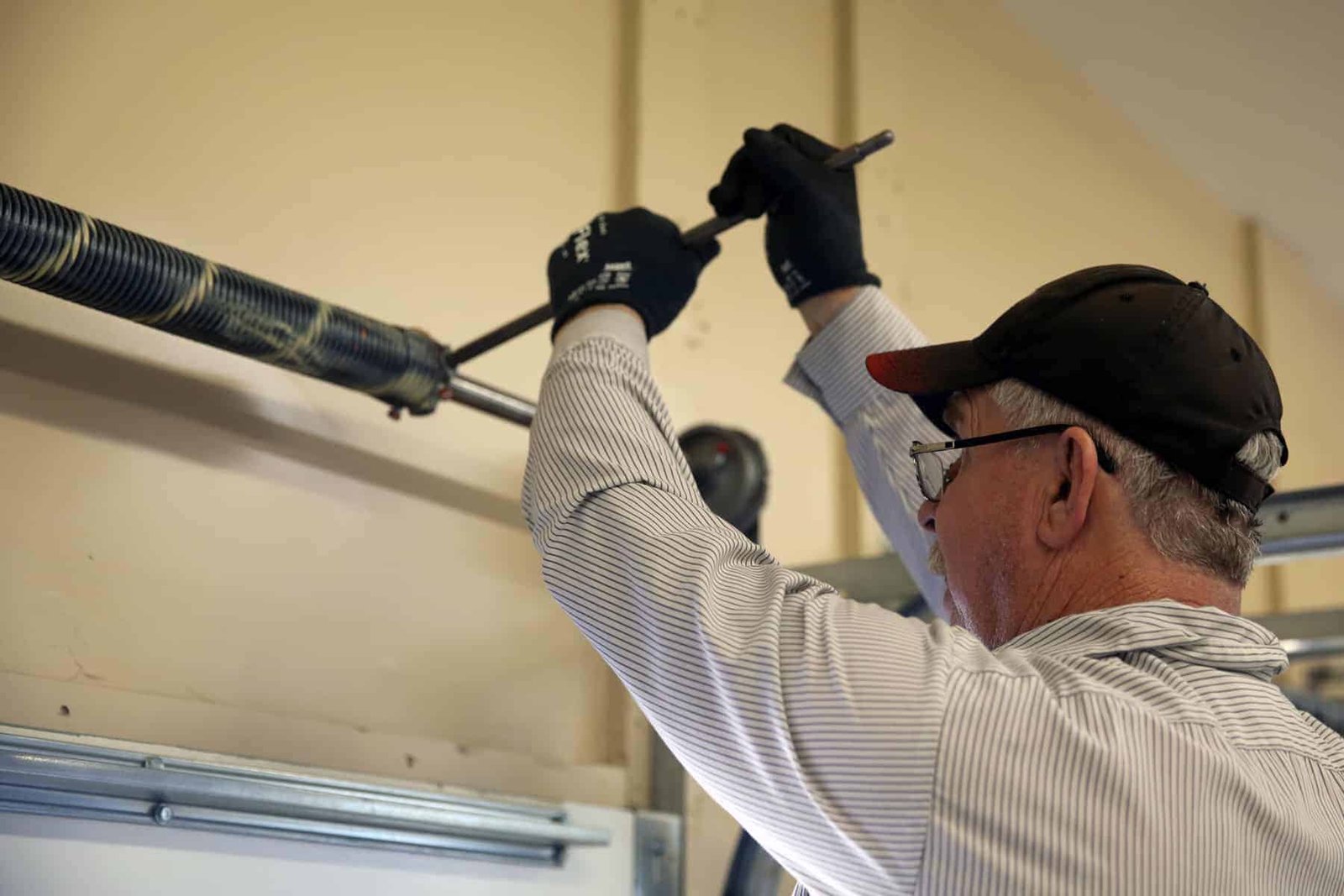
Professional garage door spring repair to restore smooth operation and prevent potential hazards.

Precise garage door alignment to ensure smooth operation and prevent future mechanical issues.
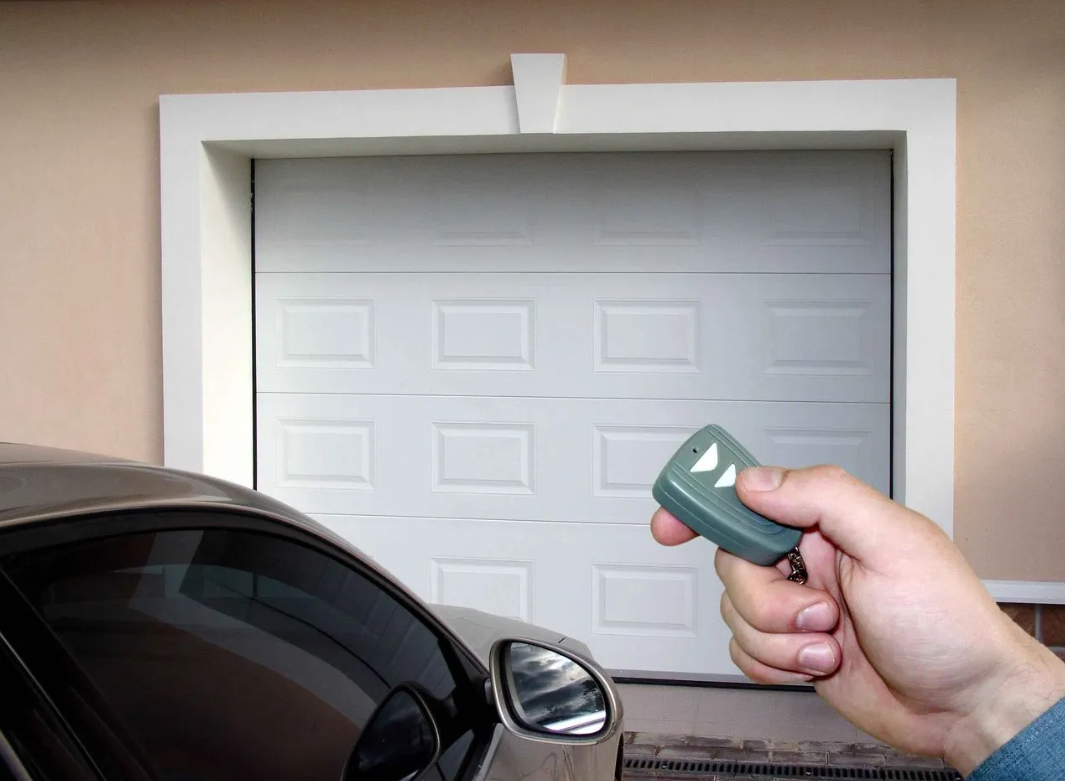
Efficient garage door opener repair to ensure seamless and reliable access to your garage.
Garage door weather stripping is a vital component that lines the edges of your garage door. It provides a barrier against rain, wind, dust, and pests, and helps in maintaining the interior temperature. Proper weather stripping also extends the life of your garage door by protecting its internal components.
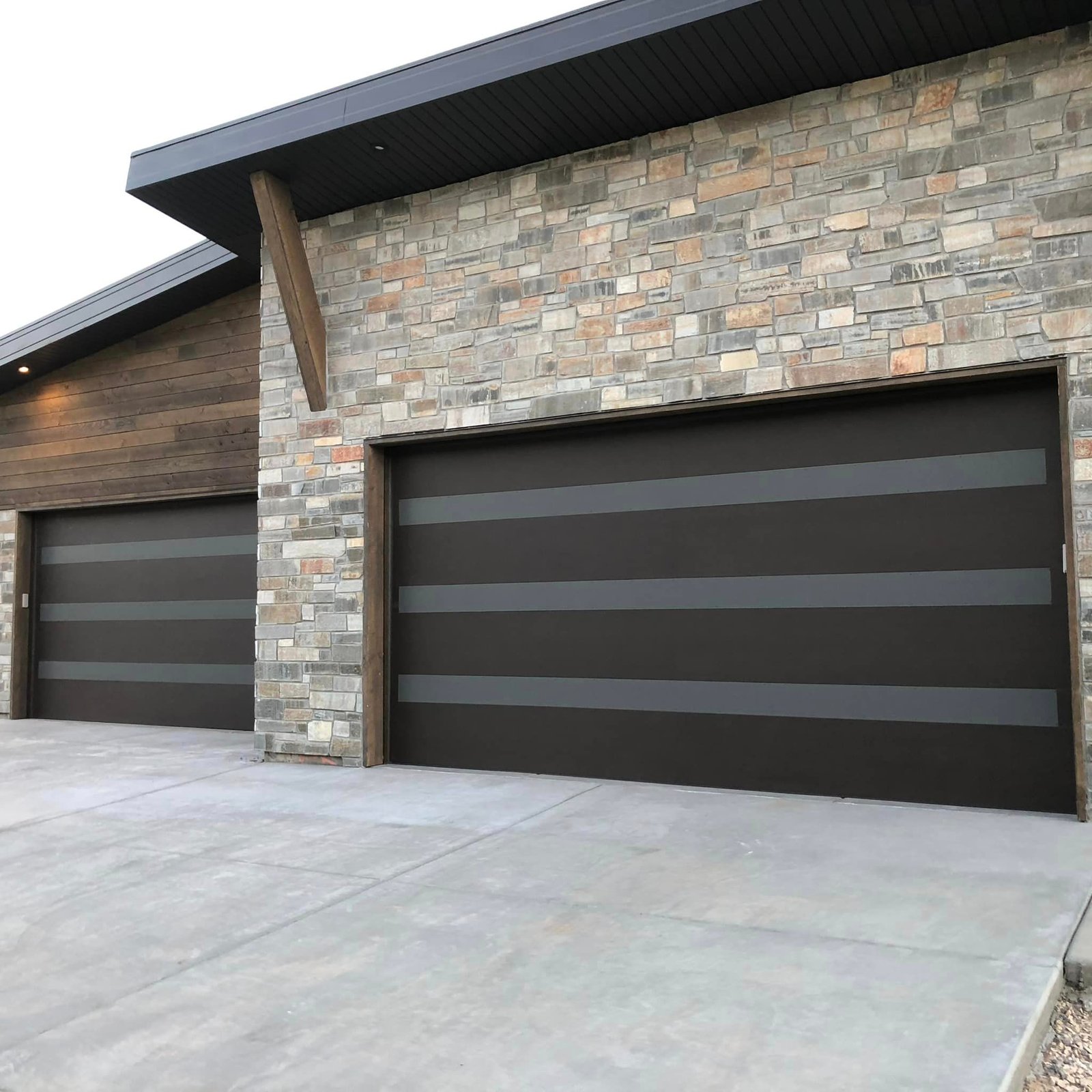
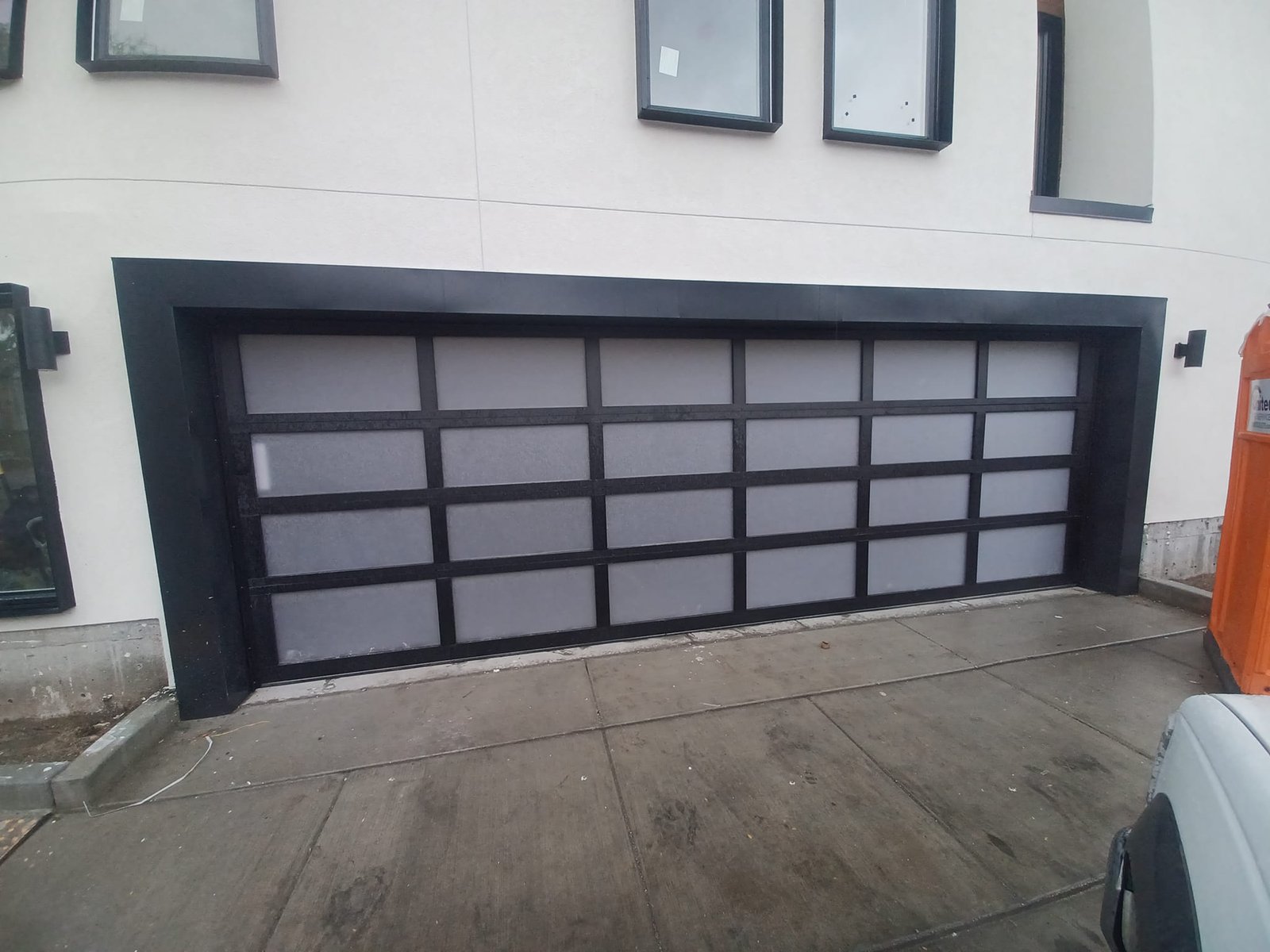


Bottom seals attach to the lower edge of the garage door, creating a tight seal against the floor. They come in various materials, including rubber and vinyl, and are essential for keeping out water, dirt, and pests.
Threshold seals are installed on the garage floor. They are perfect for uneven floors and large gaps, providing a raised strip that the door compresses against when closed.
These strips are installed along the sides and top of the garage door, protecting against wind-driven rain and debris. They are available in wood, PVC, and aluminum.
Integrated weather stripping combines stop molding with a flexible weather strip, ideal for older doors needing updated insulation.
Designed for sectional garage doors, panel weather stripping seals the gaps between individual panels, making older wooden doors more energy-efficient.




Ready to improve your garage’s insulation and protection? Call us at +1 562-545-5902 or visit our website at ezgaragedoorrepair.com to schedule an appointment or get a quote.
Weather stripping should be checked twice a year, especially before the summer and winter seasons. If you notice any cracks, brittleness, or gaps, it's time to replace garage door weather stripping to maintain its effectiveness.
Signs that your garage door sealing needs replacement include visible cracks, flaking, brittleness, or gaps where light and air can enter. Additionally, if you notice water puddles or increased energy bills, it may indicate that the sealing is no longer effective.
Yes, with the right tools and instructions, you can replace garage door weather stripping yourself. However, for the best results and to avoid potential mistakes, it's often recommended to hire a professional service like EZ Garage Door Repair.
Garage door insulation stripping helps to maintain a consistent temperature inside the garage, which can enhance garage door energy efficiency. It also protects against the elements, reducing the risk of water damage, and keeps out pests and debris.
Weather stripping creates a tight seal around your garage door, preventing air leaks and maintaining the internal temperature. This helps to enhance garage door energy efficiency by reducing the need for additional heating or cooling, thereby lowering utility bills.
Weatherproof garage door weather stripping can be made from various materials such as rubber, vinyl, and aluminum. Each material has its unique benefits, with rubber and vinyl being flexible and durable, while aluminum provides a sturdy base for threshold seals.



